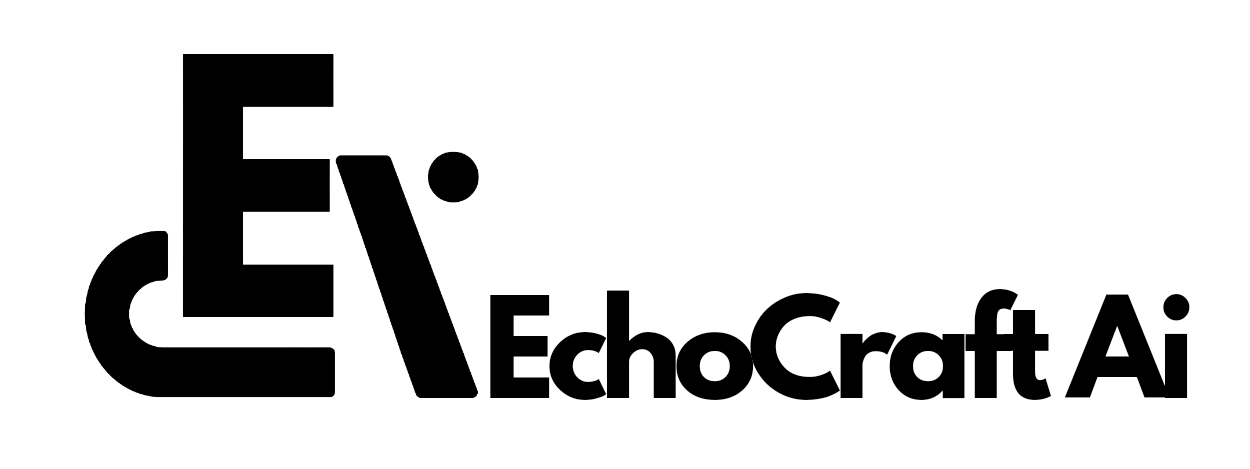At CES 2025, Nvidia introduced its groundbreaking Cosmos AI platform, designed to transform the development and training of autonomous vehicles (AVs) and robots.
With a powerful combination of generative World Foundation Models (WFMs), advanced video processing, and simulation tools, Cosmos aims to redefine how physical AI systems are built, tested, and deployed.
The platform promises to revolutionize industries that rely on real-world, mechanical systems capable of interacting with their environments.
AI for Physical Systems
Nvidia Cosmos marks a significant advancement in AI, specifically tailored for physical AI systems—machines with mechanical components interacting with the world.
Traditional training of such systems has been cost-intensive, requiring massive datasets and real-world testing.
Cosmos addresses this challenge by generating synthetic, physics-based data using its WFMs, dramatically reducing reliance on real-world data and testing scenarios.
Features of Nvidia Cosmos
Cosmos offers a range of innovative tools designed to enhance the development of AI-driven robots and vehicles:
- Generative WFMs: These models create photorealistic synthetic data to train autonomous vehicles and robots, replicating real-world conditions with high precision.
- Custom Model Development: Developers can fine-tune these models for specific applications, tailoring the training process to meet unique requirements.
- Video Search and Understanding: An advanced tool that enables developers to search for and analyze specific training videos within vast databases, streamlining the development process.
- Physics-Based 3D Simulations: Using Nvidia’s Omniverse platform, developers can simulate realistic environments for training, enhancing the accuracy of AI models.
- Simulation-Based Training: The platform provides cost-effective, scalable testing environments, offering a viable alternative to expensive real-world trials.
Open Model Licensing
Nvidia’s commitment to fostering innovation is evident in its decision to offer WFMs under an open model license.
This allows researchers and developers to access, adapt, and implement these models freely, supporting the growth of AI solutions across industries.
Models can be accessed via Nvidia’s API catalog or Hugging Face, accelerating the development of AI systems.
Adoption by Industry Leaders
It has already attracted significant interest from leading companies in robotics and autonomous vehicles, including Agile Robots, XPENG, Uber, and Waabi.
These companies are leveraging Cosmos’ generative models to enhance training and improve real-world testing scenarios for autonomous systems.
Video Processing and Tokenization
To complement its generative models, Cosmos is equipped with an accelerated data processing pipeline.
Powered by Nvidia’s Blackwell GPUs and NeMo Curator, this pipeline can process up to 20 million hours of video in just 14 days, greatly speeding up the data handling process.
The Cosmos Tokenizer offers 8x greater compression and 12x faster processing, enabling efficient model training and customization.
Autonomous Vehicles and Robotics
Nvidia empowers developers to build safer, more efficient autonomous vehicles and robots through realistic simulations and synthetic training data.
For example, companies like Waabi are using the platform to simulate edge and corner case driving scenarios, critical for ensuring the safety of AVs in diverse environments.
Similarly, Agility Robotics is leveraging Cosmos to generate photorealistic training data for humanoid robots, enhancing their navigation capabilities in real-world settings.
Commitment to Trustworthy AI
Nvidia places a strong emphasis on ethical AI development. Cosmos adheres to the company’s trustworthy AI principles, which prioritize privacy, security, safety, and transparency.
To prevent misuse, Cosmos includes guardrails to avoid harmful content generation and embeds invisible watermarks in AI-generated videos to ensure the integrity of the data.
Expanding AI Ecosystem
Beyond AVs and robots, Nvidia is also pushing the boundaries of AI with the Llama Nemotron models, expanding Cosmos’ capabilities into industries like healthcare, finance, and manufacturing.
These advanced models will provide developers with the tools to build comprehensive, enterprise-level AI solutions, further solidifying Nvidia’s leadership in AI innovation.
The Industry’s Response to Cosmos
The widespread adoption of Nvidia Cosmos by major robotics and AV companies, including 1X, Agility Robotics, XPENG, and Waabi, highlights the platform’s transformative potential.
These early adopters are leveraging Cosmos to improve the accuracy and efficiency of their AI systems, accelerating the deployment of autonomous technologies across industries.

